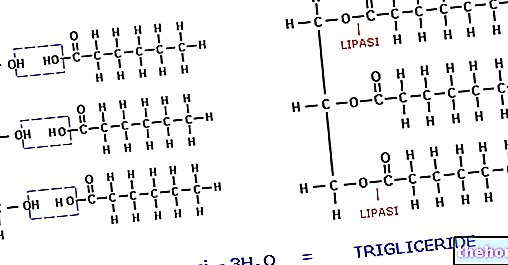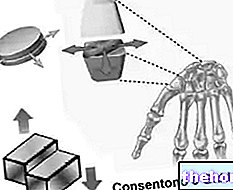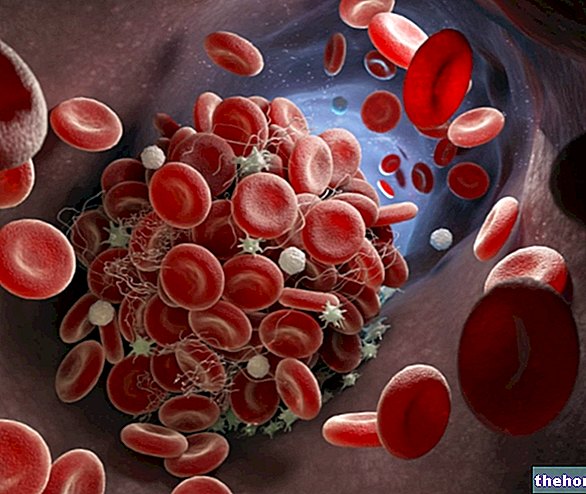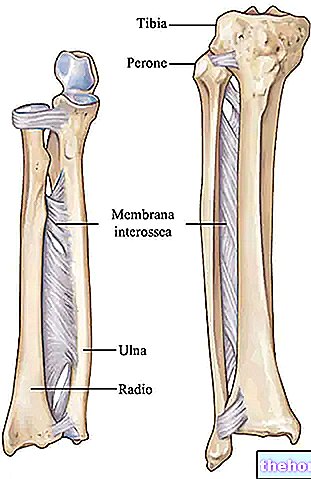Bone turnover: importance and biological basis
Despite its characteristic hardness and resistance, bone is not a static tissue, but changes continuously and continually repairs itself. This process is called "bone remodeling".
REMEMBER:
- Bone turnover or remodeling is defined as the cyclical process in which older bone is removed to be replaced with other younger tissue.
- We speak of osteogenesis to indicate the formation of bone tissue; of reabsorption to indicate its disintegration.
- About 10% of our total bone mass is renewed every year.
Under a fine endocrine control, the remodeling processes follow one another by modifying the structure of the bone tissue according to the requests.

Responsible for bone renewal are two types of cells, respectively called osteoclasts and osteoblasts. The former, polynuclear and rich in microvilli, secrete proteolytic acids and enzymes which, by destroying the bone matrix, release the minerals it contains.
The erosive action of the osteoclast is manifested by the formation of the Howship lacuna. Formed a first gap, the osteoclast detaches from the matrix, moving by amoeboid motion on a portion of bone contiguous to the one just reabsorbed. Here, it adheres to it again and forms the umpteenth gap.
Thanks to this process, about 500 mg of calcium are removed daily from the bone (0.05% of total calcium). Furthermore, when needed, various populations of osteoclasts are able to reabsorb even large portions of bone in a relatively short time. .
Following the bone erosion process, osteoblasts, cells with diametrically opposite functions, intervene. In fact, they guarantee the formation and deposition of the organic matrix in the cavities generated by the catabolic action of the osteoclasts.
As soon as this matrix reaches a sufficient thickness, it is readily mineralized, thanks to the interposition of calcium. This mineralization process goes on for months, during which the density of the new bone progressively increases.
Osteogenesis, therefore, occurs in two phases:
- formation of the matrix (osteoid);
- mineralization of the matrix.
Why is bone turnover important?
- For the repair of stress microfractures induced by normal physical exertion
- To strengthen bone tissue in response to appropriate stimuli
- To regulate plasma levels of calcium and phosphorus
What regulates the activity of these cells, favoring osteoblastic or osteoclastic action?
The process is quite complex and understanding it thoroughly means having a solid basis from which to start to know and treat diseases in which there is a loss of balance between osteoblastic and osteoclastic action, as in osteoporosis and bone metastases.
The drugs of the future will act by regulating the transcription of certain genes to favor the activity of osteoblasts and the apoptosis (cell death) of osteoclasts.
The main regulatory factors include:
- a- the level of calcium in the blood
- b- the mechanical load due to the force of gravity and muscular mechanical stresses
The skeleton responds to physical exercise, muscle stimulation and gravity by strengthening itself; vice versa, it weakens.
Hormonal influence and other factors
Although bone length remains constant in adulthood, bone continues to host an active cell population, which keeps it in a state of dynamic equilibrium. Various hormones influence bone formation, growth and remodeling by stimulating either osteoblasts or osteoclasts.
after being activated in the liver and kidneys, it increases the absorption of calcium and phosphorus in the intestine and decreases its excretion in the urine
they increase it (that's why women are more prone to osteoporosis after menopause)
they increase it, in synergy with GH, but if present in excess they decrease it
it favors skeletal growth in childhood and adolescence; an excess in youth causes gigantism (a dwarfism defect), while in adulthood it causes acromegaly (bone enlargement evident above all in the limbs and face).
growth factors which, together with insulin and in synergy with GH, increase bone density and statural growth
increases the synthesis of active vitamin D, favoring intestinal absorption of calcium and thus increasing the amount of mineral available for milk production
In addition to signals of endocrine origin, bones are also sensitive to mechanical stimuli. The fabric that composes them reacts positively to the stimuli induced by loading activities (work and sports that induce compressive stresses on the bone, such as football, dancing, running, much less cycling and swimming).
On the contrary, a prolonged immobilization (for example following a fracture), is accompanied by a rarefaction of the bone tissue. This explains why certain sports, including dancing, prevent the appearance of osteoporosis in the elderly.
There are also local stimuli entrusted to particular messengers, such as the transforming growth factor (TGF-ß) and the insulin-like growth factors (IGF), produced by osteoblasts and stimulating their activity.

Note, in the image, the thicker arrow under the genetic factors, underlining the greater weight of this element on the others. The role of genetics in the variability of bone mineral mass (BMD) between individuals is quantifiable around 60-70% .
Other articles on "Bone Renewal Bone Remodeling"
- bone marrow
- bone
- bones of the human body
- bone tissue
- osteoblasts osteoclasts
- spongy bone compact bone
- periosteum endosteum
- bone mass
- height growth
- joints
- Joints: anatomy structure




























